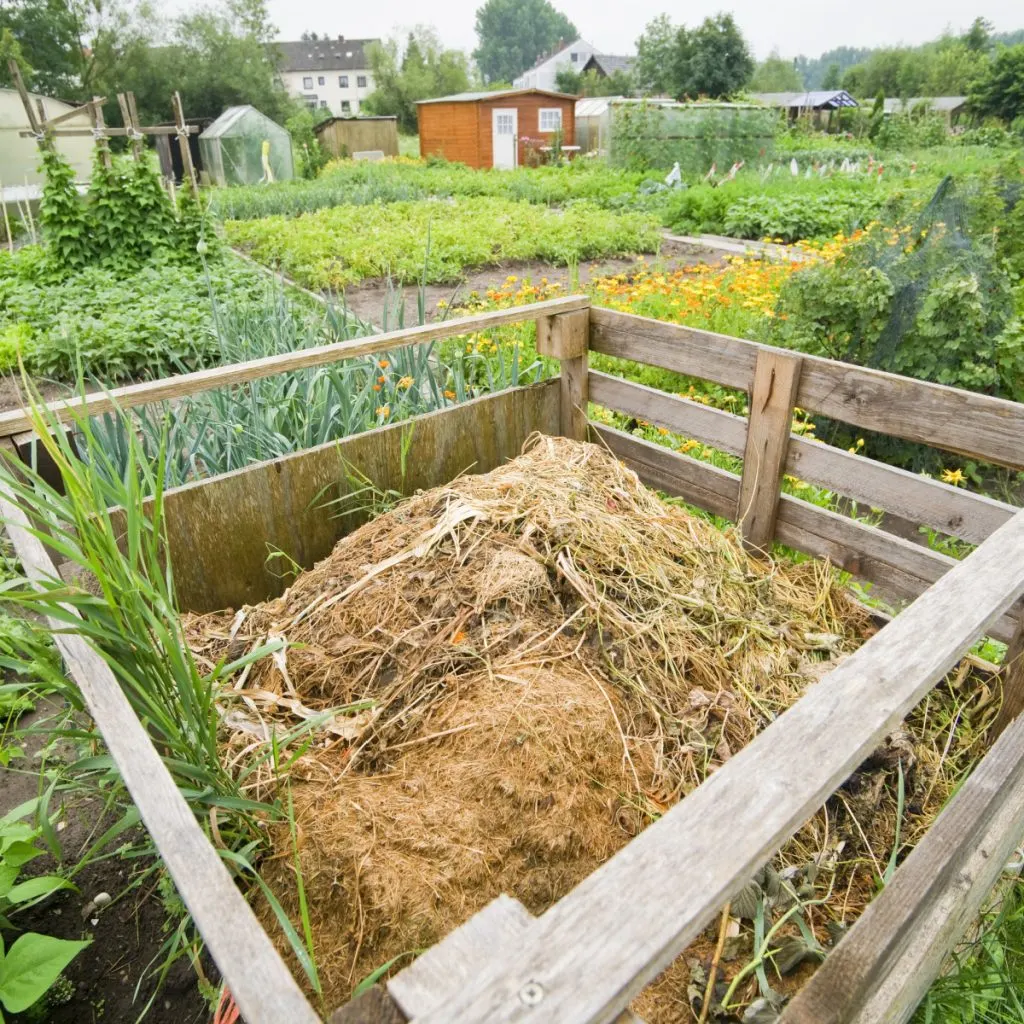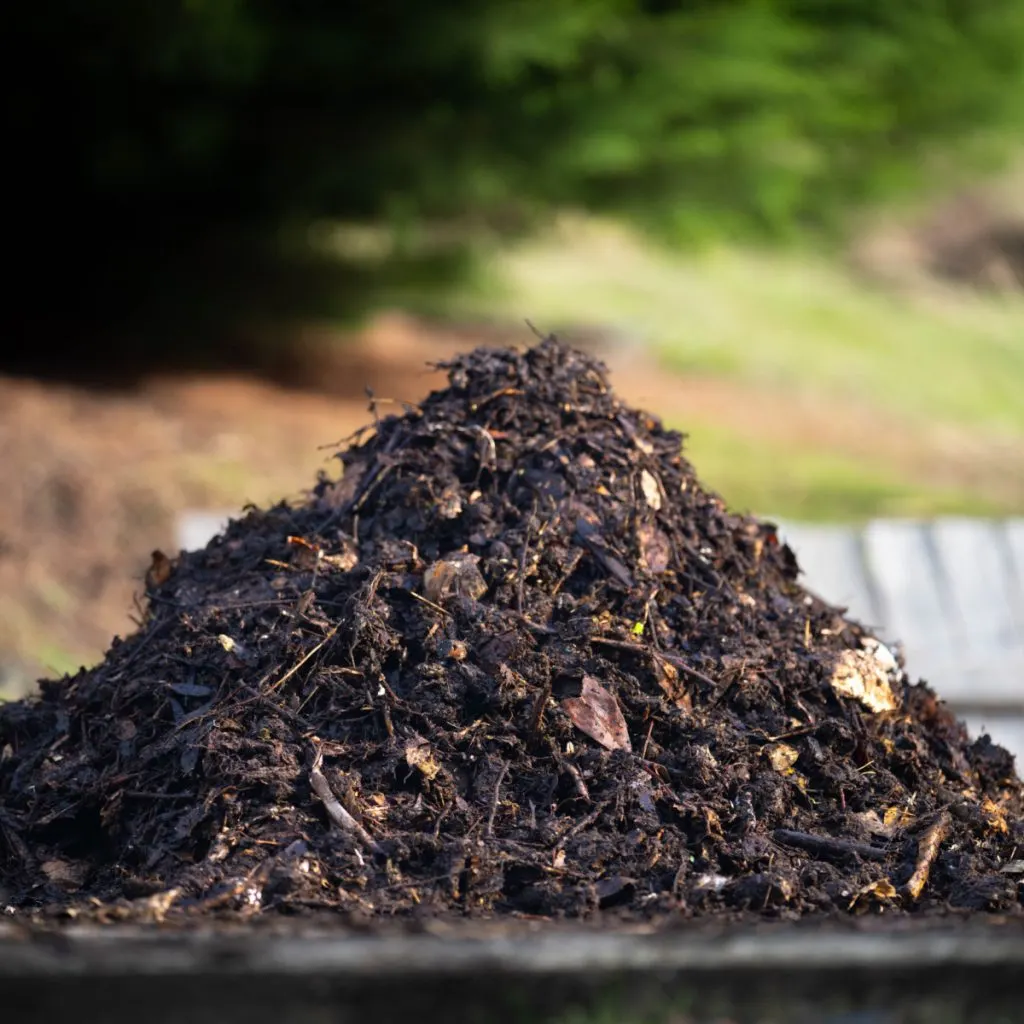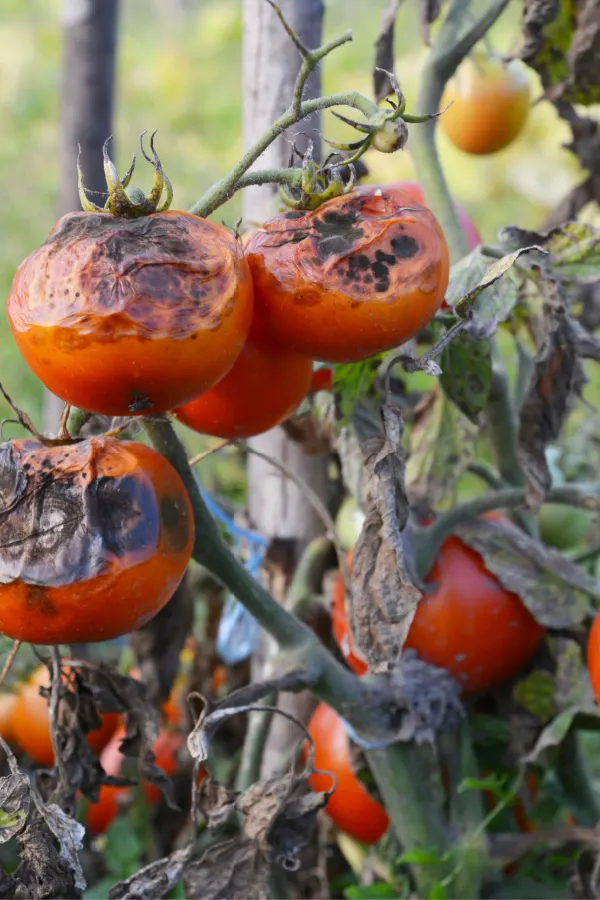Do you know the 3 biggest mistakes gardeners all too commonly make when creating a fall compost pile?
Fall is one of the best times of all to start a compost pile. Why? Because it provides a huge array of materials all at once. Whether it’s leaves falling from trees, or spent plant foliage from your garden, flowerbeds and landscape – there are plenty of available materials to create an incredible pile.
But when it comes to creating those fall compost piles, there are three big mistakes that gardeners often make that not only lengthen the time it takes the pile to decompose, but also create compost that can be less than ideal to use.
The good news? All three mistakes are easy to avoid. And by doing so, you can all but guarantee to have rich, healthy compost ready by next spring to help you grow better than ever. With that in mind – here is a look at the three common miscues – and a few extra secrets to make the perfect fall compost pile!

The 3 Biggest Mistakes Gardeners Make When Creating A Fall Compost Pile
#1 Not Using a Compost Starter
When it comes to turning leaves and old plant material into compost quickly, using an ingredient to kick-start your compost pile is crucial. And all too often, gardeners skip this step!
Many gardeners assume that composting is simply a matter of piling up organic waste and waiting for nature to do its work. While it’s true that organic material will eventually decompose on its own, the process can be slow and very inefficient. Especially without the right balance of bacteria and micro-organisms present from the start. But that is exactly where a compost starter comes into play.
What Is A Compost Starter?
A compost starter is essentially a catalyst that jump starts the composting process. It’s a blend of beneficial microbes, enzymes, and sometimes nutrient-rich additives that help accelerate the decomposition of organic matter.
Compost starters introduce beneficial bacteria and fungi that help maintain a healthy microbial environment. This balance ensures that the decomposition process proceeds fast. How fast? Compost starters can reduce the time it takes for organic matter to break down in half the time or more!

This is especially helpful in the fall when you want to process large amounts of leaves and garden waste quickly to create a fresh supply of compost for spring planting. So where and how do you get a compost starter? The good news is if you already have a compost pile – you already have a great compost starter!
Using A Compost Starter – The 3 Biggest Mistakes Gardeners Make When Creating A Fall Compost Pile
As it turns out, fresh compost from an existing compost pile is the perfect all natural compost starter for a new pile. That is because fresh compost has all of the bacteria and organisms already in it. And by simply adding it into your new pile and mixing it in – your pile can get going right from the start.
But don’t worry, even if you don’t already compost, you can purchase an inexpensive compost starter to get your pile going quickly.
Commercial compost starters work in the same method as fresh compost. They are full of all of the bacteria and organisms needed to activate a compost pile. Simply mix them into the pile thoroughly and let them go to work. It really is that simple! Affiliate Link: Jobes All Natural Compost Starter
#2 Not Removing The Seed Heads From Plants – The 3 Biggest Mistakes Gardeners Make When Creating A Fall Compost Pile
Another big mistake gardeners often make is tossing plant material with seed heads directly into the compost pile. Unfortunately, this little oversight can have a significant impact on the quality of the compost you produce – especially when it comes to weeds and disease.
When you add plant material containing seed heads to your compost, there’s a real risk that those seeds will survive the decomposition process. Many seeds are extremely hardy and durable and more than capable of surviving home compost temperatures.
If a compost pile doesn’t reach a high internal temperature (150 to 160°F), most seeds will stay intact and still be able to germinate. And most home piles don’t get close to this. That means when you later use the compost in your garden, it can lead to a big issue with unwanted plants sprouting up everywhere.
This can even be worse when a compost pile includes invasive species or weeds. Plants like dandelions and thistles can be a huge issue when passed through compost. And their seeds will not perish in a home compost pile – which means they will come up wherever you use your compost!

But even more, seed heads can also transfer disease to your pile as well. And again, most home compost piles simply don’t get hot enough to kill them off. Plain and simple, if you’re not taking off the seed heads, you’re essentially planting future headaches in your garden wherever you use the compost. For more tips on this, see: 5 Plants To Never Compost From Your Flowerbeds & Garden.
#3 Not Shredding Plant Materials Before Adding To A Pile
And the final big mistake when creating a fall compost pile? Not shredding up the ingredients before putting them in!
The more you can shred and chop up the ingredients before adding them, the better. When plant materials or leaves are finely shredded, they have more surface area exposed. And all of those exposed areas allow the material to decay even faster.
Whole leaves and entire plants can take forever to break down. But once you shred them up, they can quickly decay and turn into finished compost fast! See our article: How To Take Care Of A Compost Pile – 4 Secrets To Make Great Compost!
Use a chipper, shredder – or even your lawn mower to chop up and shred materials. Not only will it get your pile decaying faster than ever, it also will allow you to put even more materials in it as well this fall.
Here is to avoiding the three biggest composting mistakes when creating a fall pile. And – to having healthy, weed-free compost ready to go next spring!
Simple Garden Life
Follow Our Facebook Page For Even More Great Tips! Simple Garden Life Facebook Page
Simple Garden Life is a website dedicated to keeping gardening fun, simple and enjoyable! We publish two new articles each week along with a new garden podcast episode every two weeks. This article may contain affiliate links.

